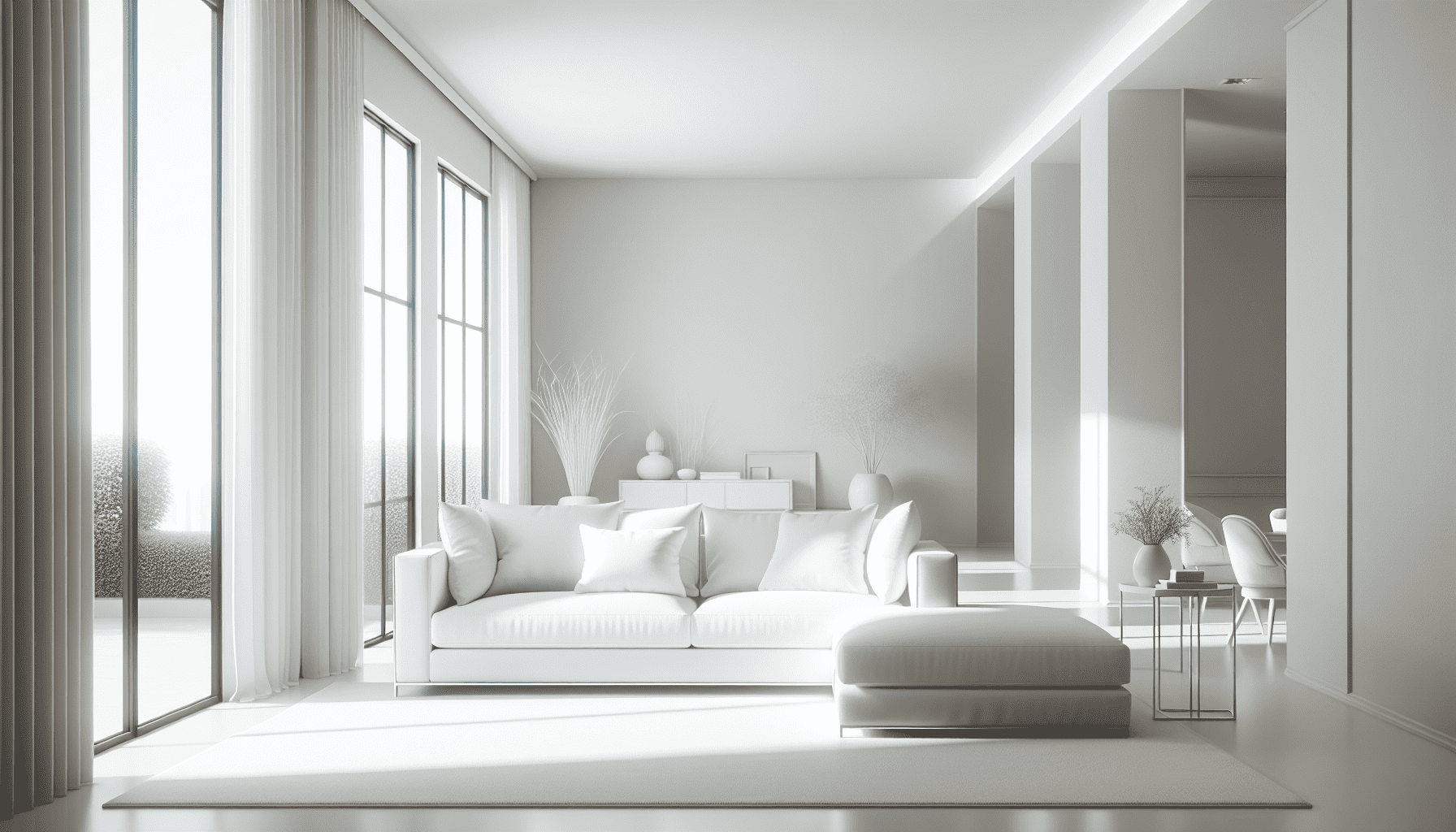Minimalist interior design has emerged as a popular style, celebrated for its ability to transform living spaces into serene sanctuaries through the use of clean lines and calm colors. This approach is perfect for those who love simplicity and seek to create a stress-free living environment. Its essence lies in the mantra of "less is more," where every element contributes to the overall harmony and functionality of the space.
At the core of minimalist interiors is a focus on quality over quantity. Every piece is carefully chosen for its ability to fulfill a specific function or to add aesthetic value without creating clutter. This selectivity results in environments that feel spacious, open, and inviting. To achieve this, it’s essential to embrace a neutral color palette, often dominated by whites, grays, and earth tones. These colors enhance natural light and create a sense of calmness and tranquility, allowing the mind to relax and unwind.
The introduction of clean lines is another critical aspect of minimalist design. Architectural features and furniture are characterized by their sleek, simple forms that contribute to a sense of order and precision. Straight lines and geometric shapes replace ornate details and extravagant decorations, leading to a more cohesive and disciplined look. This restraint imbues the space with elegance and helps streamline daily routines by reducing visual distractions.
Materials play a significant role in embodying the minimalist aesthetic. Natural elements like wood, stone, and glass bring warmth and texture without overwhelming the overall scheme. These materials enhance the sensory experience, adding depth and interest to the spaces they inhabit. When textures are used thoughtfully, they create a multi-layered effect that retains simplicity yet avoids monotony.
Minimalist interiors also harness the power of functional design to optimize space use. Every item should serve a dual purpose or enhance utility, ensuring that the environment is not only beautiful but also practical. Built-in storage solutions, for example, keep belongings out of sight, maintaining the uncluttered appearance essential to minimalism. Additionally, multi-functional furniture pieces such as extendable tables and modular sofas provide flexibility and adaptability, allowing spaces to evolve with changing needs.
Lighting, both natural and artificial, is integral to creating a minimalist sanctuary. Large windows dressed in sheer curtains invite sunlight to flood in, emphasizing the openness of the space. Carefully positioned artificial lighting can highlight architectural features or create intimate zones within an open-plan layout. The synergy between light and space is essential for cultivating an atmosphere of calmness and clarity.
Personalization in minimalist design is achieved through the intentional selection of art pieces and décor, each serving as a focal point or accent that reflects individuality without overpowering. These touches ensure that while the design remains understated, it is never devoid of personality or warmth.
Ultimately, minimalist interior design is about achieving balance—between aesthetics and function, between simplicity and comfort. It challenges us to curate our environments in ways that promote peace of mind and enhance daily life. By embracing minimalism, one can create a space that not only appears tranquil but also truly embodies serenity and simplicity.
